Sometimes the small things are just as important as the major components on an autoanalyzer. When issues arise we focus on the pump tubes, the peristaltic pump or even the reagents themselves, but often operators overlook their containers. Containers hold, arguably, the most important part of the system; reagents, and are critical to the successful operation of the entire system.
I remember years ago when it was common to see operators dropping pump tubes and various types of straws directly into reagent glass beakers and flasks that were open to the room. Additionally, the very beakers the reagents were made in had undissolved particles floating in them. I observed many problems with this approach such as contamination from the room, contamination into the room, reagents getting dripped all over the place when changing containers, dust and dirt particles clogging the system, and so on. Alpkem was one of the first autoanalyzers to initiate a closed container practice to solve these issues.
In those days most labs did not use closed containers and virtually every time I recommended changing this habit, I saw an immediate improvement in results and a decrease in downtime from the problems mentioned above. The operators also enjoyed the quick release luer fittings on the new containers and how easy it was to change and handle the reagents themselves and store the reagents for future use. Now most labs do in fact use closed containers with luer fittings, but unfortunately even though many labs start with them they let them decay over time. Broken fittings and caps, missing straws and dirty containers are common after a year or two of operation. Like all other aspects of an autoanalyzer system the reagent bottles, wash and rinse containers as well as waste containers all need regular attention.
Maintenance of containers is surprisingly important. If the cap assembly on a container has deteriorated fittings and straws should be replaced and are all available. If the container itself has deteriorated or needs to be cleaned that should also be addressed. When our technical support staff does a preventative maintenance service call we always check the condition of our customer’s containers and make sure to clean them, add new caps, fittings, straws, if necessary or provide brand new containers altogether. This small detail really helps to keep the system running optimally. I believe this falls under the broken window syndrome theory- if the system is clean and organized it will run better – decay and dirt attract further problems. Over the lifetime of an autoanalyzer, the cost of reagent bottles is very low compared to pump tubes, chemicals and other more expensive consumables, but these should not be overlooked – containers are very important. Please feel free to contact us with any questions or check out our wide selection of containers at www.ezkem.com.



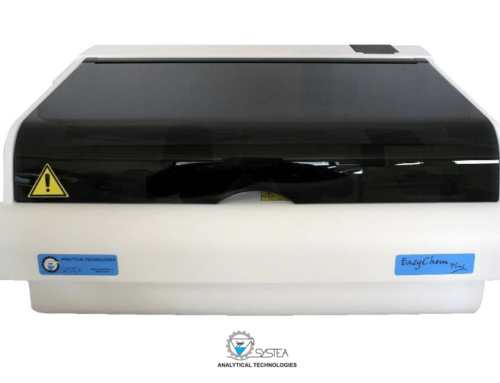
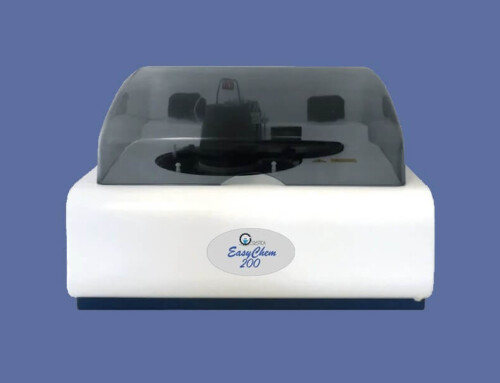
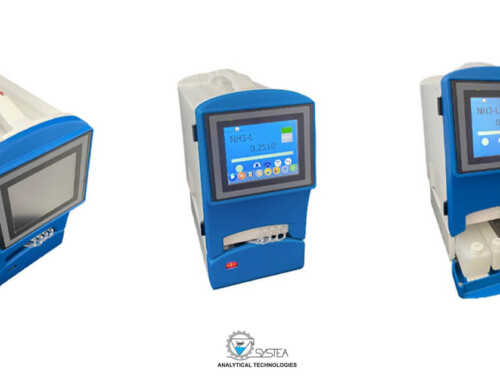
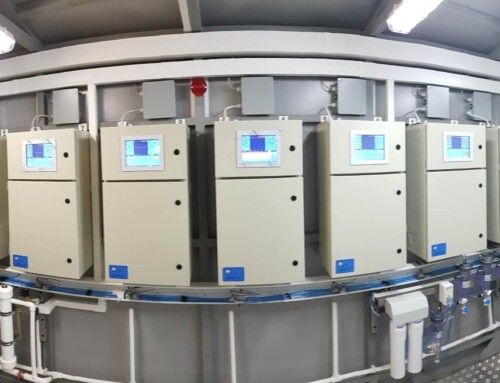
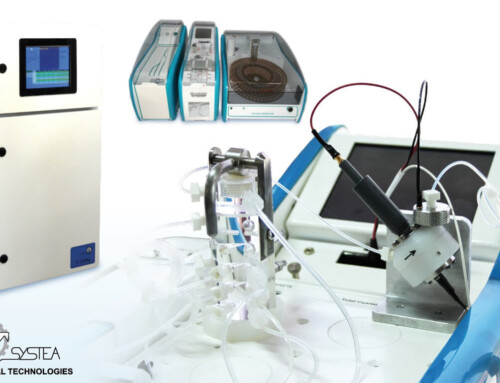
Leave A Comment